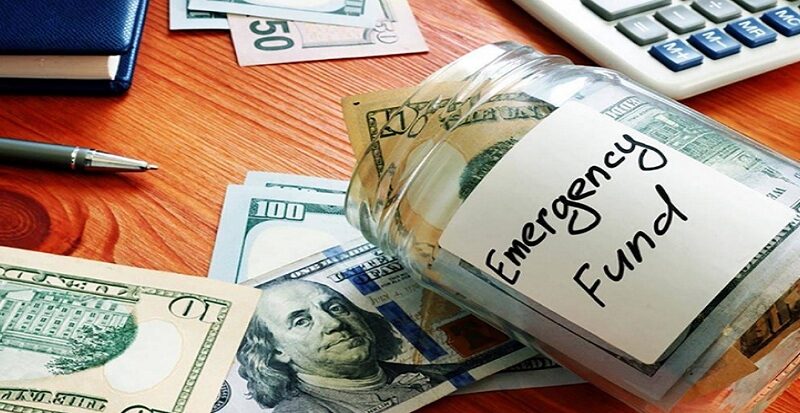Building a Robust Emergency Fund for Your Business
In the unpredictable world of business, preparing for financial uncertainties is not just a good practice but a necessity. This guide, brought to you by Montana Capital Car Title Loans, offers essential tips for building an emergency fund that can safeguard your business against unforeseen financial crises.
Understanding the Need for an Emergency Fund
The Reality of Financial Challenges
Statistics show that 66% of small businesses sometimes face financial difficulties. An emergency fund acts as a buffer, preventing the need to dip into personal savings or incur additional debt.
Determining Your Emergency Fund Target
Assessing Your Business Needs
The size of your emergency fund should reflect your operational costs and unique business factors, such as:
- Business structure
- Inventory and receivables
- Seasonality
- Personal financial position It’s advisable to save at least three months’ worth of business expenses.
Starting Small with Savings
Setting Achievable Goals
Begin with small, manageable saving targets and gradually increase your contributions as your revenue grows. This approach keeps you motivated and on track.
Reducing Business Expenses
Cost-Cutting Strategies
Lowering your monthly expenses can free up funds for your emergency reserve. Consider:
- Shopping around for better deals on office supplies and insurance
- Avoiding unnecessary debts and finance charges
- Modernizing marketing efforts
- Renegotiating contracts
- Operating remotely to save on overhead costs Professional advice, such as from an accountant, can be invaluable in creating an effective cost-reduction plan.
Automating Your Savings
Ensuring Consistent Contributions
Set up an automated savings plan to regularly contribute to your emergency fund. This method helps resist the temptation to use these funds for other purposes and leverages compound interest for growth.
Adhering to a Business Budget
The Importance of Financial Planning
A well-planned budget is crucial for preventing overspending and identifying areas for cost savings. Include all regular expenses in your budget, such as payroll, utilities, rent, professional services, insurance, marketing, and loan repayments. Consulting with a CFO can help tailor a budget that includes an emergency fund.
Conclusion
Cash shortages are a common challenge for businesses, but an emergency fund can be a lifesaver. By following these practical steps, you can build a safety net that protects your business’s financial health and ensures continuity during tough times.
Frequently Asked Questions
- How much should I save in my business’s fund?
Aim to save at least three months’ worth of operational expenses, though this amount can vary depending on your business needs and structure.
- Can automating savings help build funds?
Yes, automating savings ensures consistent contributions to your fund and helps avoid the temptation to spend the money elsewhere.
- Is it necessary to cut costs to build funds?
While not always necessary, reducing expenses can free up funds that can be directed toward your emergency fund, accelerating its growth.





Pingback: How to start your own business in 2024 through easy steps - Future Business Boost